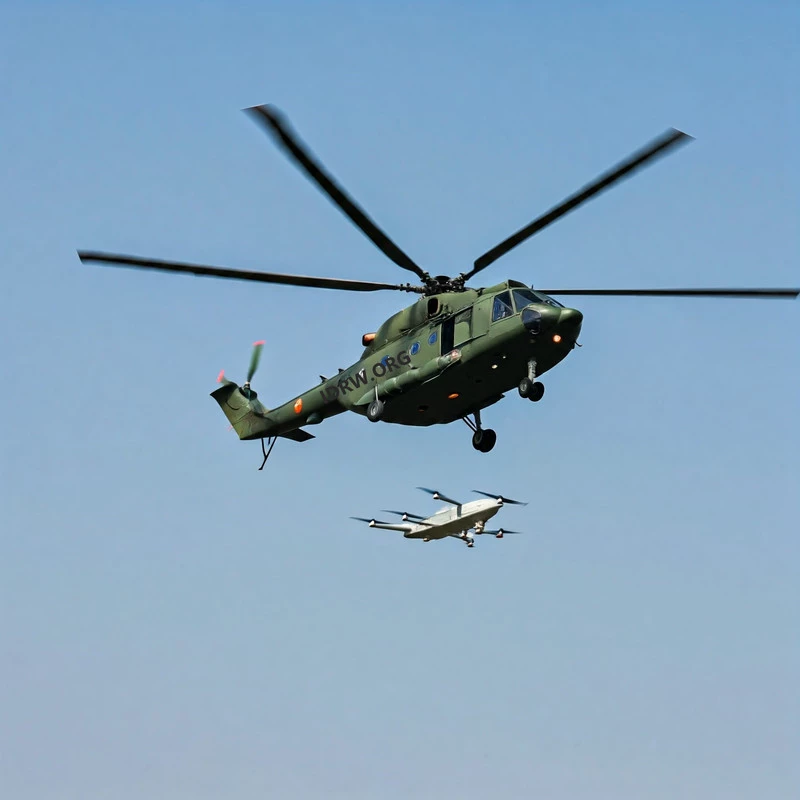A recent number of add-on pod systems for coalition strike air platforms in Afghan and Iraqi theatres has added recon capability to aircraft not typically employed as reconnaissance platforms. This has proved necessary to overcome operational requirements in Afghanistan and Iraq – as demands have increased for current and relevant intelligence.
Dutch F-16s have been flying with upgraded sensor pods since 2010, with reports of near-seamless performance. This development corroborates the focus of a
recent study by NATO which has highlighted the need for integration of intelligence - gathering capability. Due to the wide range of intelligence-gathering systems currently deployed, timely data processing has become that more critical.
Enter MAJIIC (Multi-sensor Aerospace-ground ISR Interoperability Coalition), a multinational project "dedicated to developing coalition capabilities for the interoperability and integration of intelligence, surveillance, target acquisition and reconnaissance (ISTAR) systems within a network enabled environment". Project spokesmen emphasise that next generation systems will be forced to cope with data streams emanating from an ever-increasing range of sources.
Progress on the technology front is also accelerating. Whereas public perception of surveillance UAVs is still largely focused on Reaper and Global Hawk capabilities, an ongoing DARPA/ AeroVironment project has produced an operational humming-bird sized UAV.
Use of air surveillance is not confined to Afghanistan’s plains. Mexico’s ongoing drug war is now seeing use of US UAVs to track and monitor drug and gun shipments across thousands of miles of borderland.
Air Forces are not the sole players in the surveillance game. The UK’s
Maritime Airborne Surveillance and Control (MASC) programme, currently in the assessment phase, aims to upgrade existing UK Sea King helicopter radars and systems to "provide air surveillance to detect threat aircraft and missiles, and command and control to direct intercepts of fighter aircraft" - a nontraditional role for the Fleet Air Arm. Lighter-than-air systems and UAVs are also being considered for deployment under the MASC umbrella. Detailed MASC overview
[inlinead]





